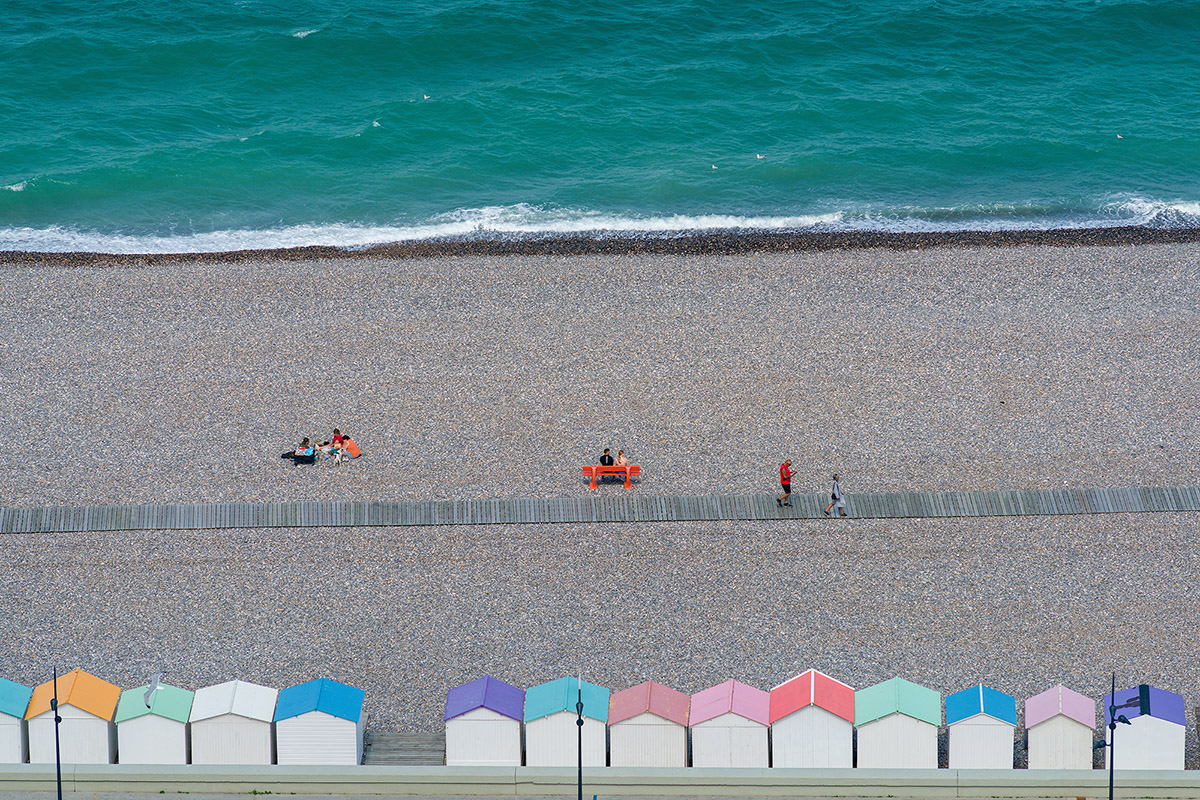
Hardly any other brand makes the hearts of gourmet photographers beat faster than Angénieux. And yet, the most famous French lens manufacturer withdrew from the sale of photographic products some time ago to devote itself to the distribution of elite cinema lenses and mysterious military equipment. The DEM 200 mm f/2.8 was one of the last three photographic lenses produced by Angénieux, marking the end of the Saint-Héand-based company’s second (and last…) foray into the highly competitive photography market.

The company’s founder, Pierre Angénieux, is considered one of the pioneers of a new type of lenses that made it possible to design wide-angle lenses for SLR cameras for the first time. Under the name “Retrofocus,” the French lens specialist released the R1 35 mm f/2.5 lens in 1950, which achieved a longer back focus distance than would have been possible given the short focal length thanks to a highly dispersive front element and a collecting rear element. The retrofocus principle was soon adopted by other manufacturers such as Zeiss (Distagon in the West and Flektogon in the East), Schneider-Kreuznach (Curtagon and Super-Angulon), ISCO (Westrogon), and Enna (Lithagon and Ennalyt), and then became widely used among the lens manufacturers of the Far East.
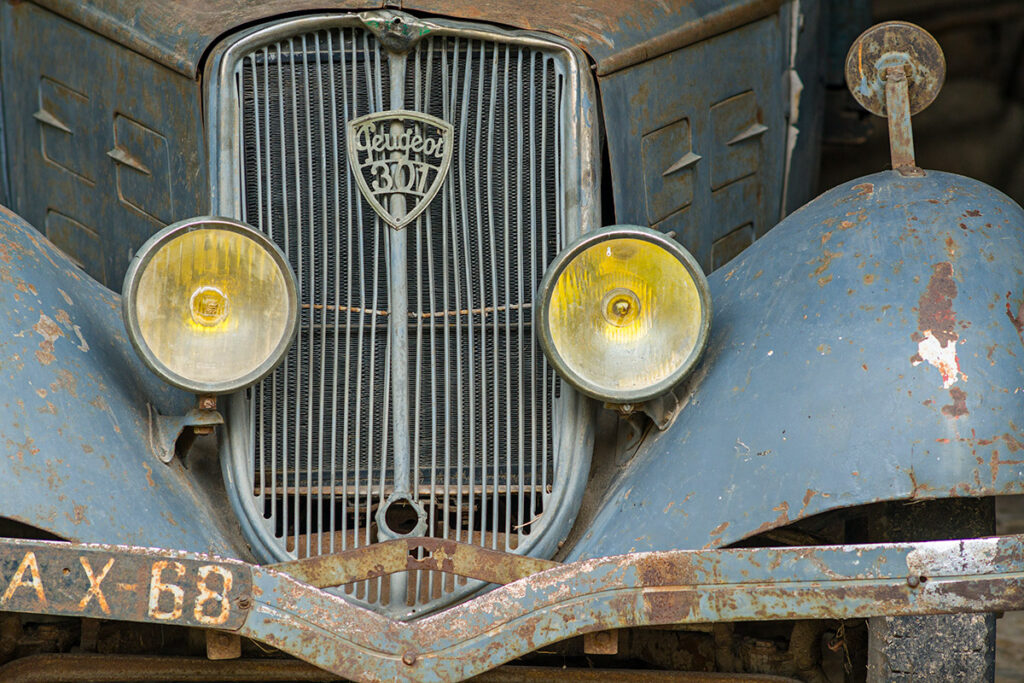
Angénieux established a second technological foothold with the development of zoom lenses with mechanical compensation: instead of the purely linear displacement of individual lens groups inside the lens, these now moved in complex curved paths to achieve the change in focal length and image stabilization. While Angénieux’s zoom lenses, with a few exceptions (45-90 mm f/2.8 for Leicaflex, 35-70 mm f/2.5-3.3, 70-210 mm f/3.5, and 28-70 mm f/2.6) were mainly used by the film industry, the company was able to quickly gain an important reputation in the photography industry, thanks to its retrofocus and telephoto lenses: for thirty years, it was one of the exclusive suppliers to Alpa-Reflex, a small but fine Swiss precision engineering company that never produced its lenses, relying instead on established lens manufacturers such as Kinoptik, Kilfitt, Schneider-Kreuznach, Kern, Asahi Pentax, and Angénieux.

After a long hiatus, Angénieux returned to the photography market in 1982. Despite their high price, the two zoom lenses, 35-70 f/2.5-3.3 and 70-210 mm f/3.5, were more than just a respectable success. Two years after the introduction of the two lenses, the factory with its 600 employees was unable to meet the strong demand from Japan and the US. The company then followed up with two fixed focal lengths that couldn’t be more similar: 180 mm f/2.3 and 200 mm f/2.8.
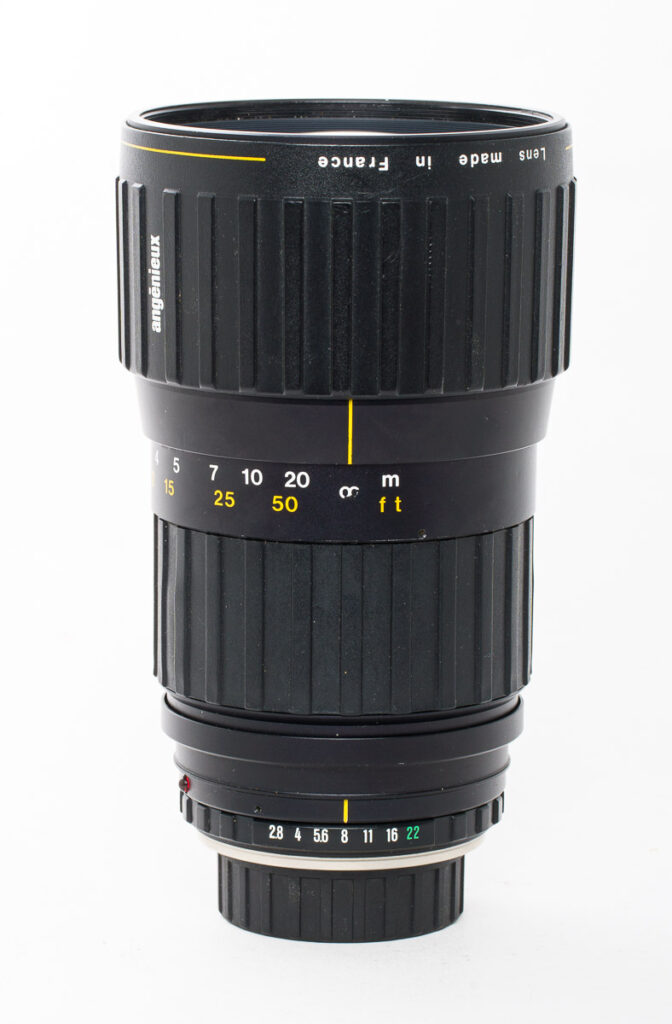
While the former of the two fast telephoto lenses was given the designation “APO,” which indicates perfect correction of chromatic aberrations, the latter has to settle for the designation “ED.” This is despite the fact that, according to an article by Marco Cavina, both lenses have an almost identical optical design with one low-dispersion lens and six high-refractive lenses, along with a front element made of standard optical glass. It is likely that the faster of the two lenses had to be different from its slower cousin on paper to justify the rather steep price difference. Today, both lenses are quite rare and, if found at all, only at high prices. The 180 mm was more successful than the 200 mm, which had to compete with similarly positioned competitors (focal length and speed) at the time. On the other hand, a speed of f/2.3 for the 180 mm was and still is a unique selling point.
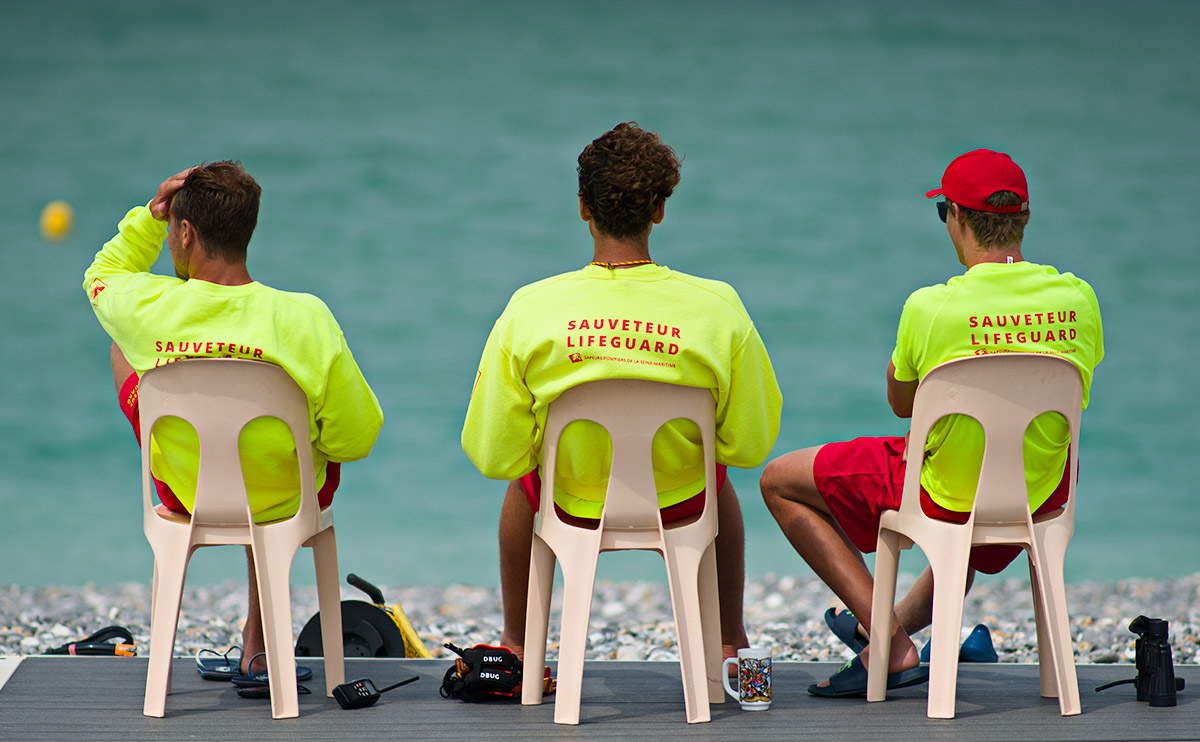
The two Angénieux zoom lenses, 35-70 f/2.5-3.3 and 70-210 mm f/3.5, were heavily criticized when they were launched on the market. Not without reason, as the outer barrel and adjustment rings of these lenses were made of glass-fiber-reinforced Makrolon (Bayblend), raising legitimate doubts about their durability and resistance. As a result, some of these lenses now show hairline cracks in the adjustment rings. Angénieux improved the second version of the telephoto zoom lens by using an aluminum outer barrel.
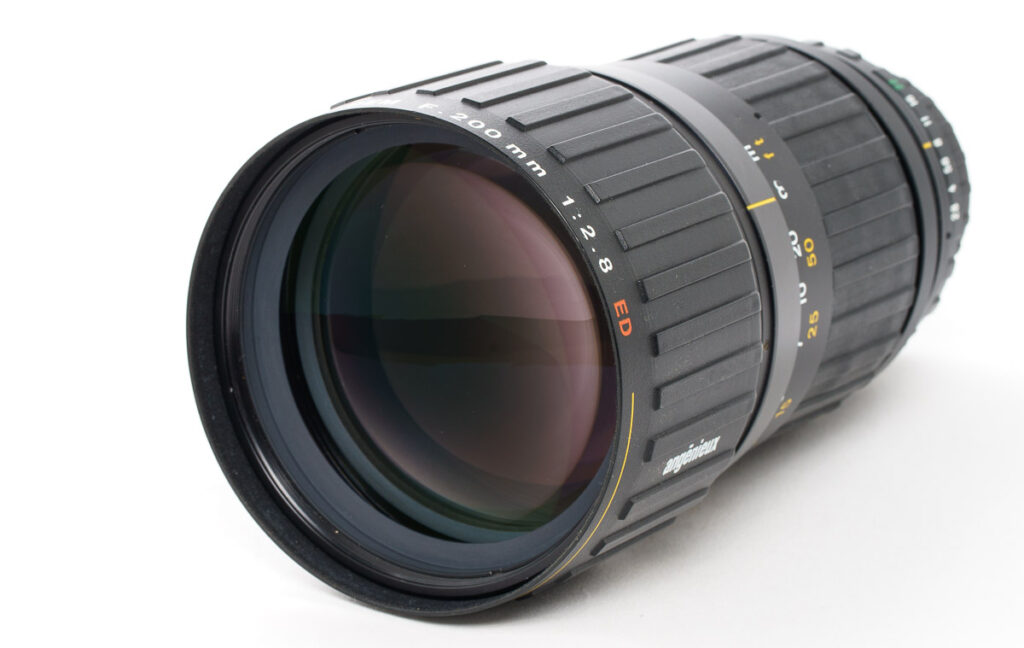
The outer tubes and adjustment rings of the DEM 200 mm f/2.8 ED and DEM 180 mm f/2.3 are also made of Bayblend, while an aluminum-manganese-magnesium alloy is used on the inside. Overall, the lens appears very robust. Unfortunately, all labels are only printed on and are therefore less durable than the engravings commonly found on other high-end products. The lens specifications are printed on the extendable lens hood, while the focus ring displays distances in meters (white) and feet (yellow) between infinity and 2.15 m. The aperture ring has half-stop clicks between f/2.8 and f/22, with the smallest aperture for the aperture and shutter priority modes of Contax cameras marked in green. The feel and operation of the control rings are smooth and without play.
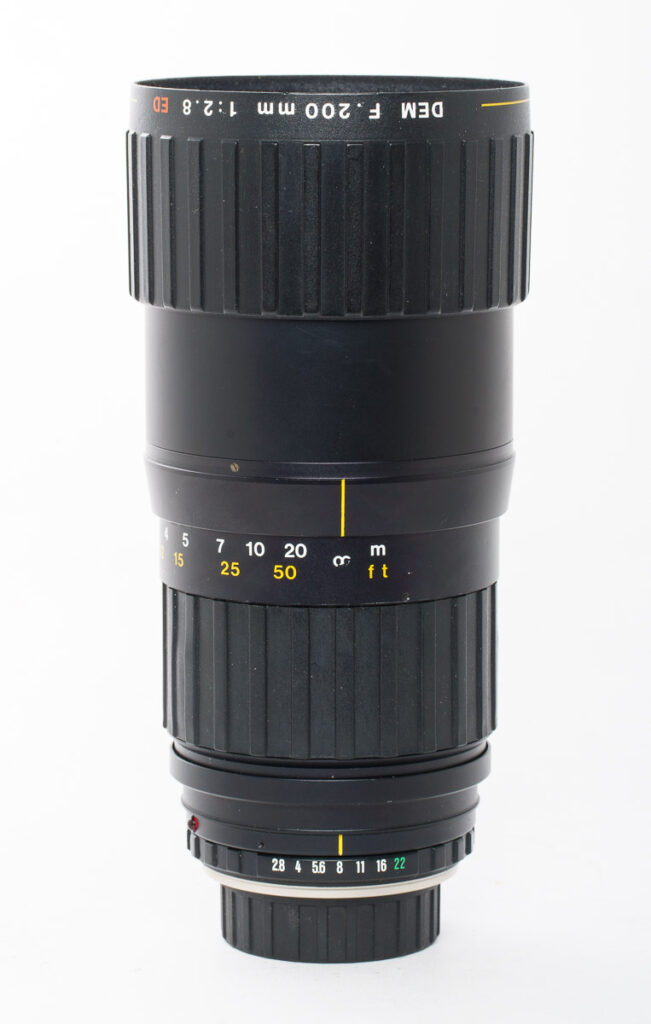
The length of the lens does not change during focusing. According to the manufacturer, the DEM (Differential Element Movement) internal focusing system ensures consistent sharpness at all reproduction ratios, a constant center of gravity, and a fixed front lens that is ideal for use with polarizing and graduated filters. Thanks to DEM, focusing is quick and smooth – but it is also so easy to use that you have to be careful not to adjust it unintentionally.
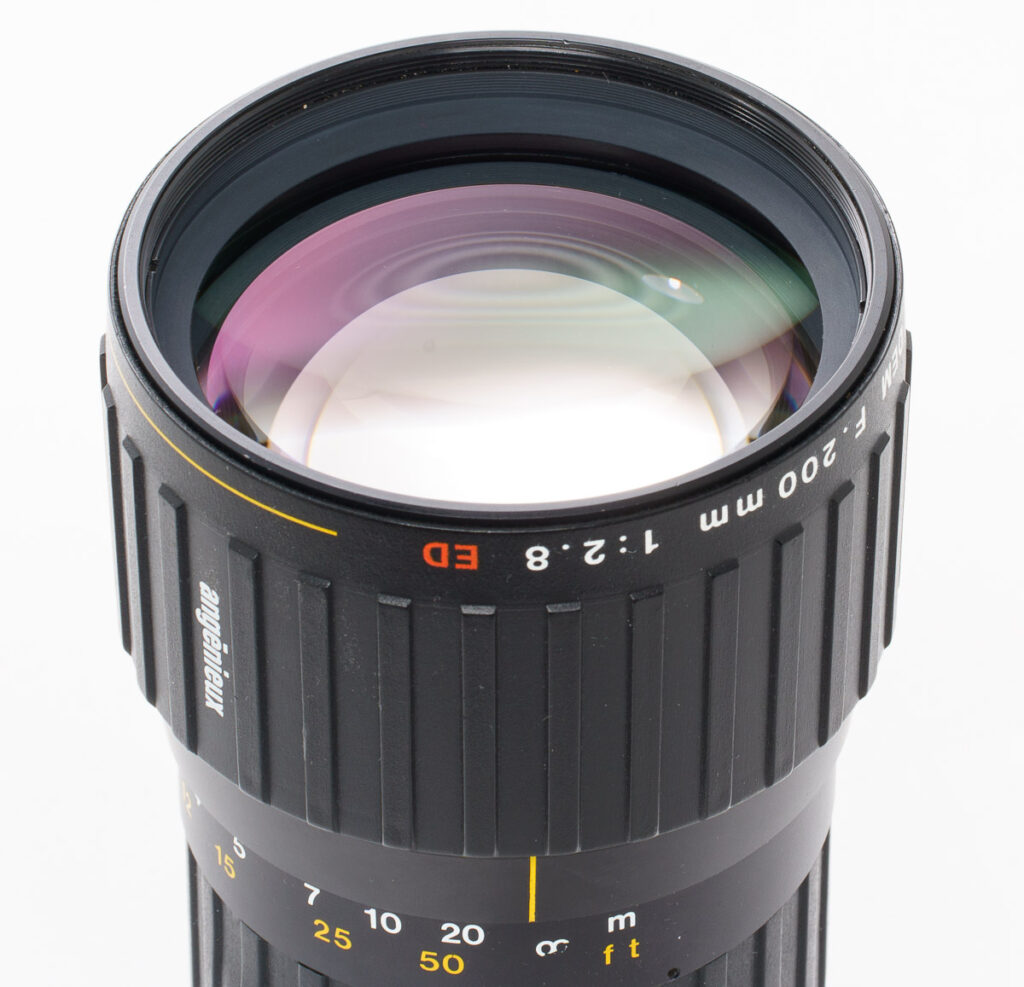
As usual, I am showing you a test series from f/2.8 to f/16, which was photographed with the Sony A7R II (42 Mpix.) using a tripod and a 2-second self-timer at 100 ISO. I focused on the church clock with maximum magnification and open aperture. These are almost unsharpened sections at 200% magnification; chromatic aberration correction was disabled in Adobe Camera Raw.
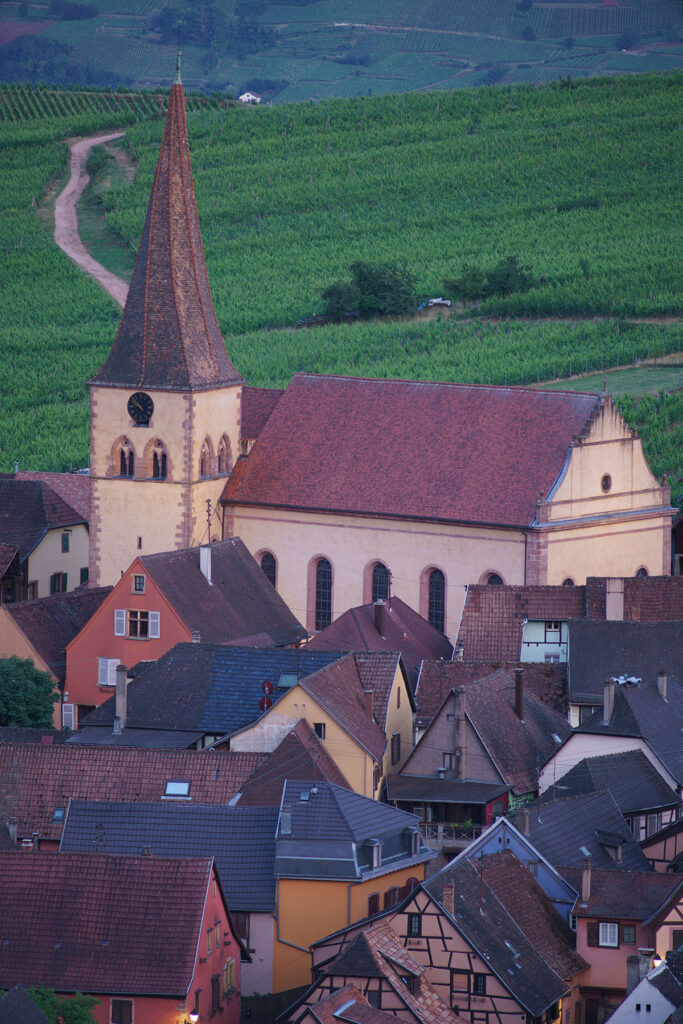
The whole scene at a glance.
f/2,8
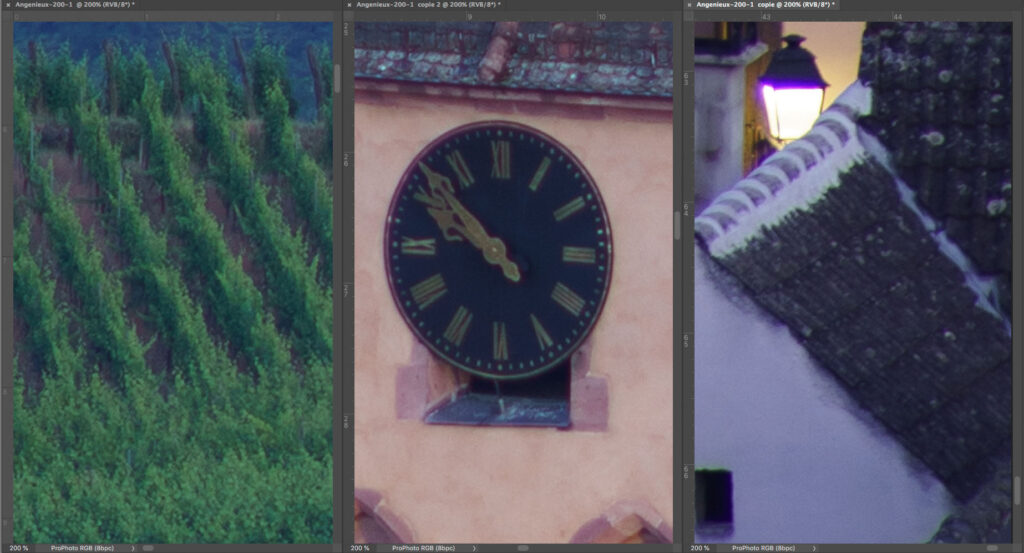
Left upper edge of image (left), extended center (center), and lower right corner of image (right)
f/4
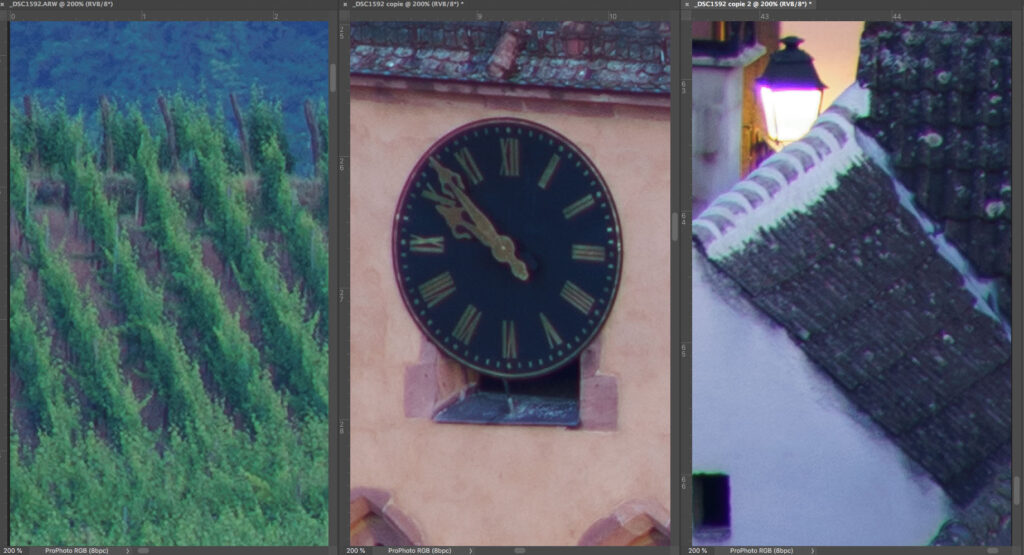
Left upper edge of image (left), extended center (center), and lower right corner of image (right)
f/5,6
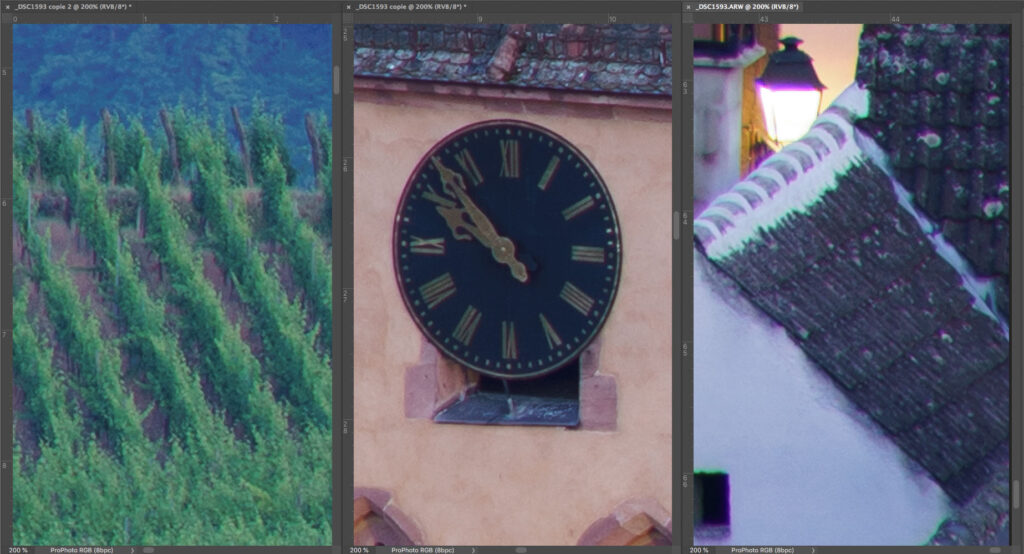
Left upper edge of image (left), extended center (center), and lower right corner of image (right)
f/8
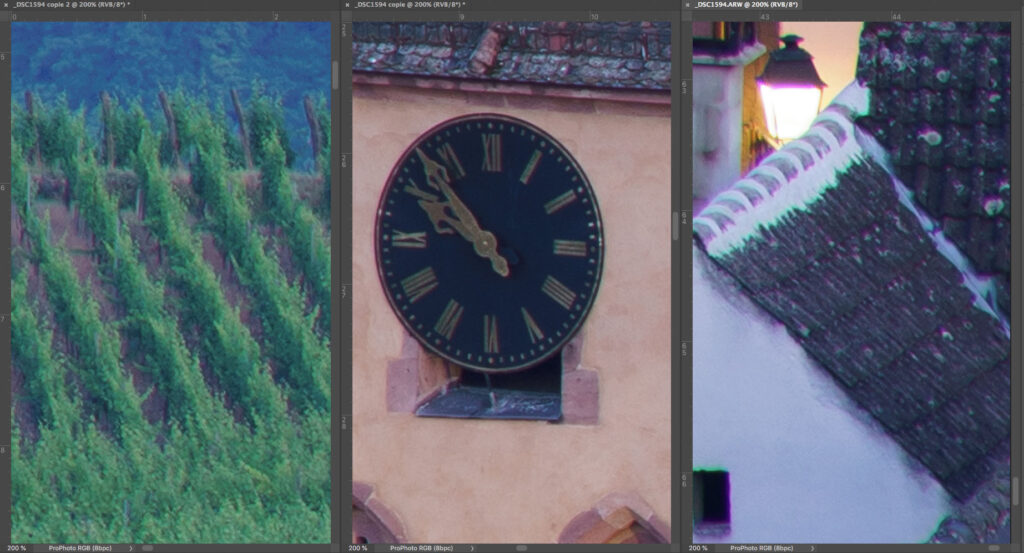
Left upper edge of image (left), extended center (center), and lower right corner of image (right)
f/11
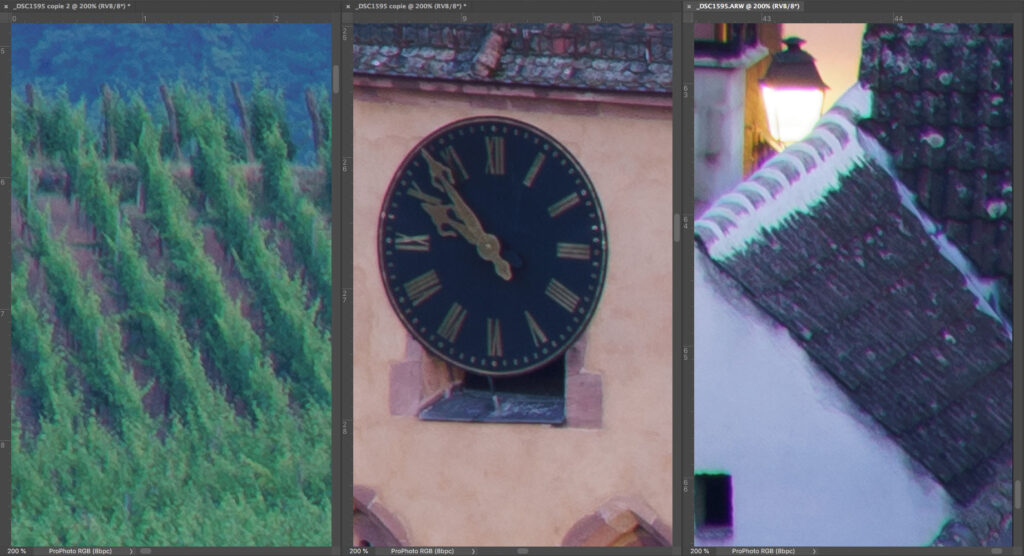
Left upper edge of image (left), extended center (center), and lower right corner of image (right)
f/16
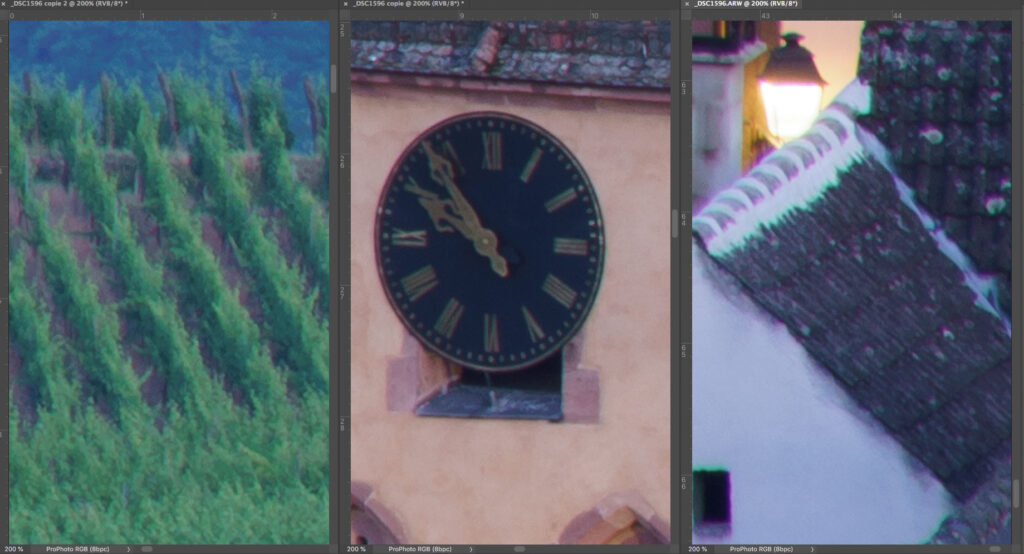
Left upper edge of image (left), extended center (center), and lower right corner of image (right)
The photos were sharpened using the default settings in Camera Raw. In terms of resolution and contrast, I find the performance across the entire image field to be so good at open aperture that stopping down won’t be necessary unless you want to achieve greater depth of field. Vignetting remains virtually invisible even at open aperture, which is probably due to the large front lens. The best sharpness is achieved when stopping down by 2 or 3 stops (f/5.6 or f/8), although there are no differences between open aperture and f/11 that couldn’t be compensated for by a little more aggressive sharpening. An aperture of f/16 would be only worth it if there is a lack of depth of field, as smaller details are lost due to diffraction. An aperture of f/22 should be avoided at all costs, as the loss of sharpness becomes so pronounced that it cannot be compensated for in post-processing.
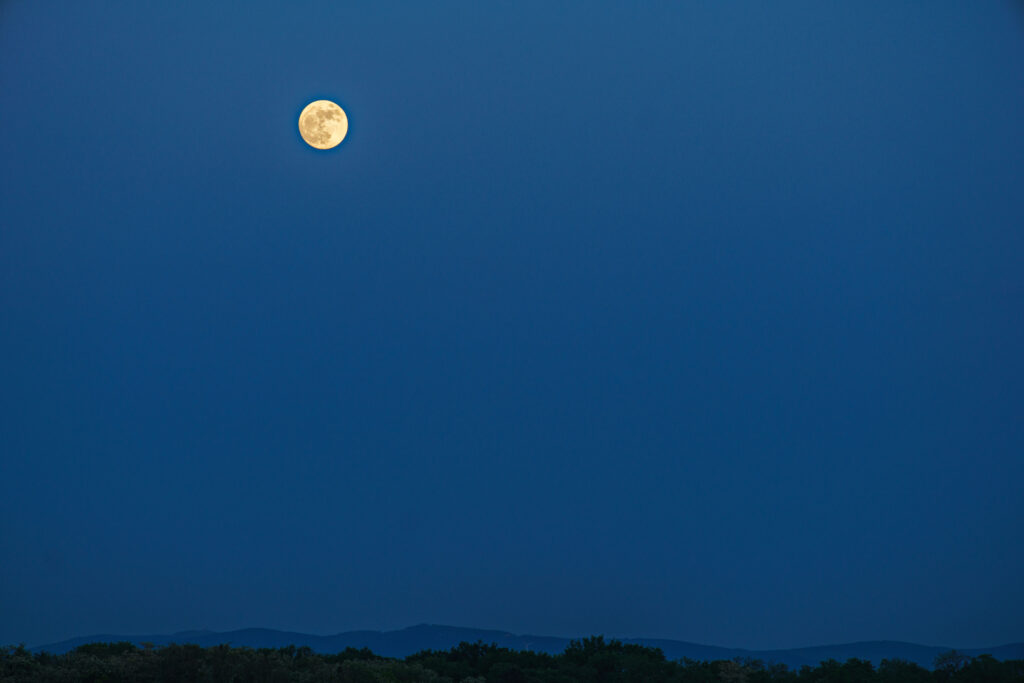
The lack of an infrared index and the use of ED glass with a refractive index of 81.6 gave me hope for perfect correction of the secondary spectrum. Unfortunately, this is not the case. At all apertures, you can see distinct purple and green color fringes (lateral chromatic aberrations) along more pronounced contrast transitions. Despite an element made of low-dispersion ED glass, the lens is not perfectly apochromatically corrected. Nevertheless, the color fringes disappear almost completely after automatic correction in Camera Raw or Lightroom. Compared to other lenses such as the Pentax SMC 200 mm f/2.5, Canon nFD 200 mm f/2.8, and Soligor P 200 mm f/2.8, they remain discreet, while the Leitz Elmarit-R 180 mm f/2.8 (first version) performs almost as well in this respect, with the Nikon Nikkor AI-S 180 mm f/2.8 ED performing significantly better.
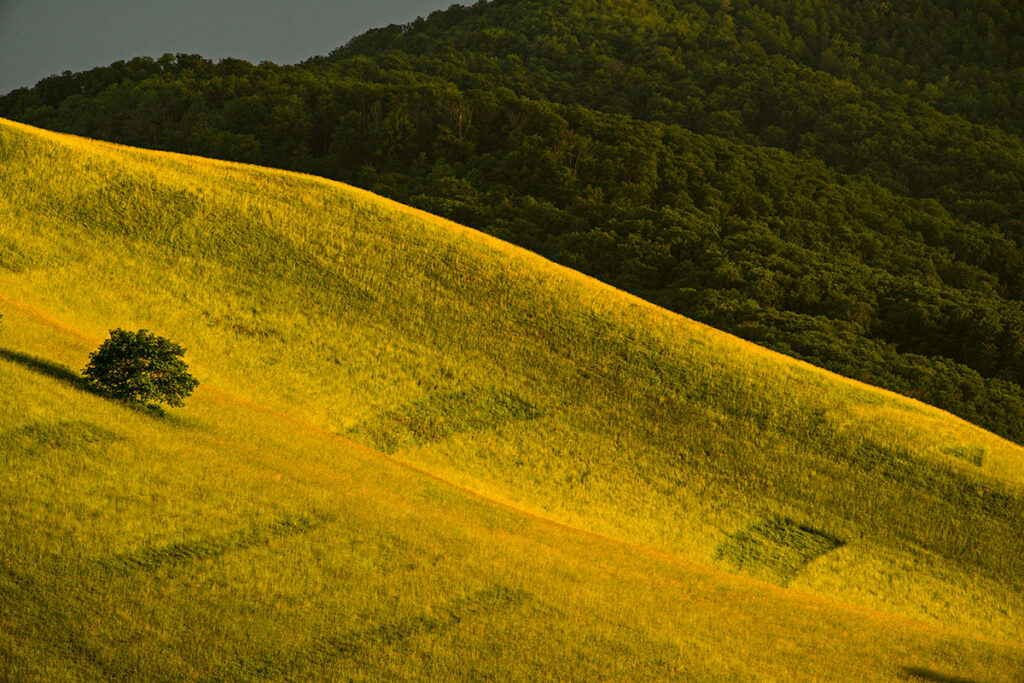
When it comes to longitudinal chromatic aberrations (known as “bokeh fringing”), the Angénieux DEM 200 mm f/2.8 ED performs remarkably well. The use of ED glass has paid off here, as the purple and green color fringing visible in front of and behind the focal plane remains virtually invisible even in extreme situations.
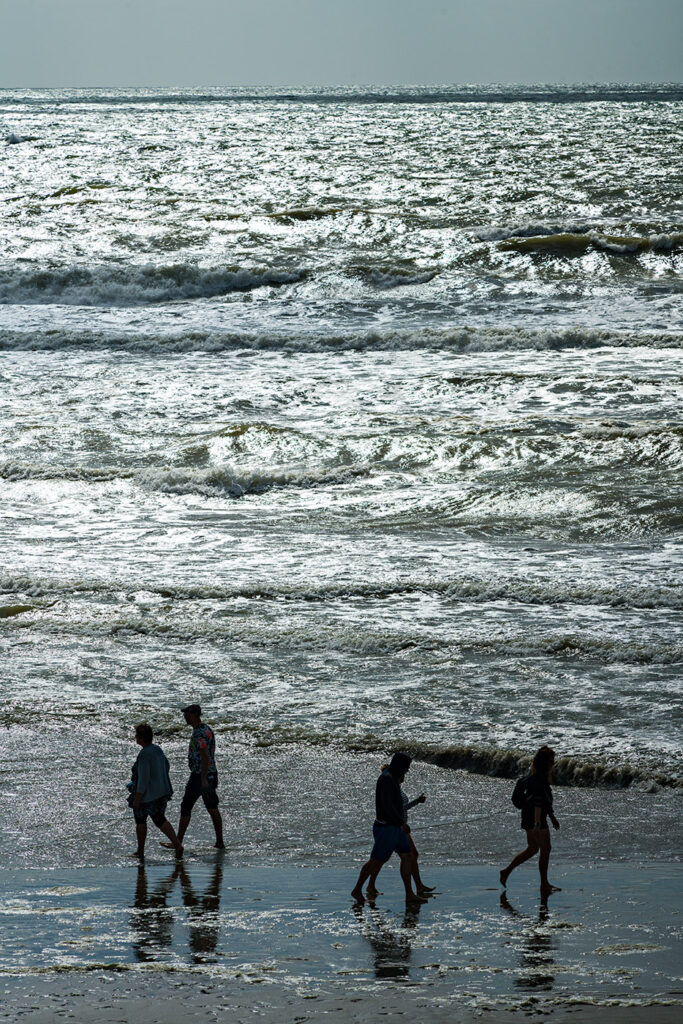
The distortion of the lens is completely unnoticeable, as no bending can be detected in subjects with straight lines. The edge shading is also negligible due to the oversized front group: only visible in exceptional cases at open aperture, the vignetting disappears from f/4 onwards.
Provided that the adapter is correctly positioned (my adapter from K&F was slightly too short and had to be adjusted…), the internal focusing via floating elements of the Angénieux 200 mm DEM proves its effectiveness: even at the minimum distance of 2.15 m, it is possible to achieve sharp results across the entire image field at open aperture.

However, due to a slight undercorrection of the spherical aberration, a slight softness creeps into the contrast edges, which will only be noticeable when pixel peeping. The lens’s light intensity can therefore be fully exploited at any subject distance to cope with poor lighting conditions.

As you may have gathered from my other lens reviews, I am not a fan of “loud,” intrusive bokeh that distracts from the actual subject of a photo and unnecessarily pushes itself into the foreground.

However, since I still enjoy working with bokeh, well-corrected lenses that do not produce onion rings or double contours (Nisen bokeh) in front of or behind the focal plane prove to great for creating more subtle effects. The Angénieux DEM 200 mm f/2.8 ED, with its modern optical design, is therefore well suited to my photography style.
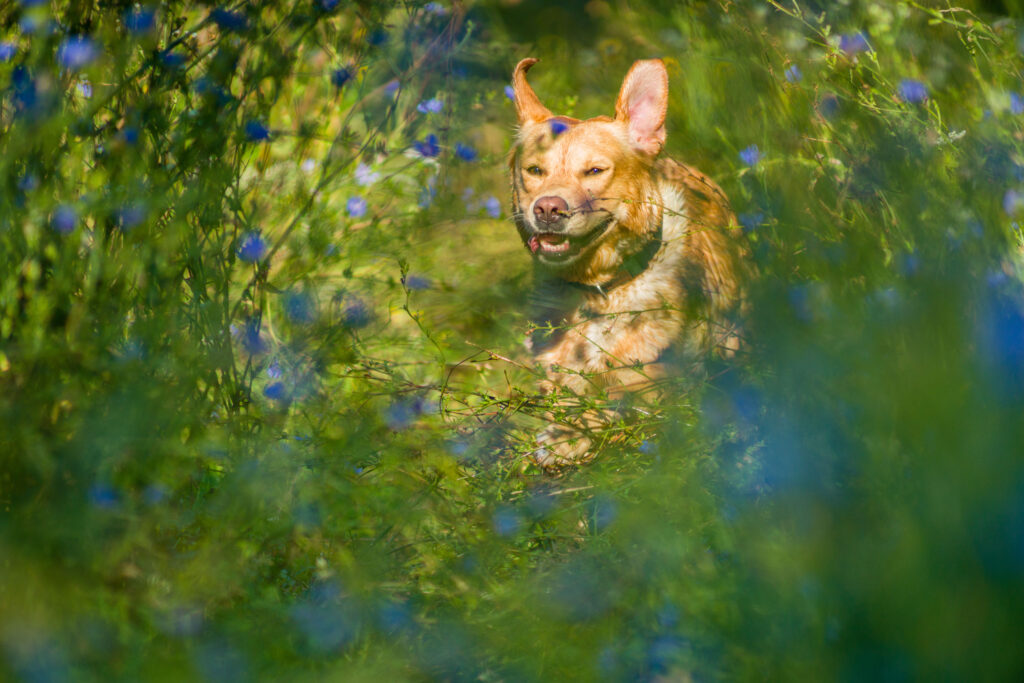
Incidentally, the lens has a nine-blade aperture, the shape of which approximates the ideal shape of a circle even when stopped down. The appearance of the foreground and background blur remains very pleasant and “organic” even at f/5.6 or f/8.

When it comes to color reproduction and the overall rendering of photos taken with this lens, I think you can see the expertise of this lens manufacturer, which is highly regarded in the cinema world: the colors and contrasts have a certain “je ne sais quoi” that gives the images a very harmonious, cinematic feel. Both characteristics always appear natural, without seeming exaggerated, and the blurred areas are always harmonious, without appearing visually intrusive.
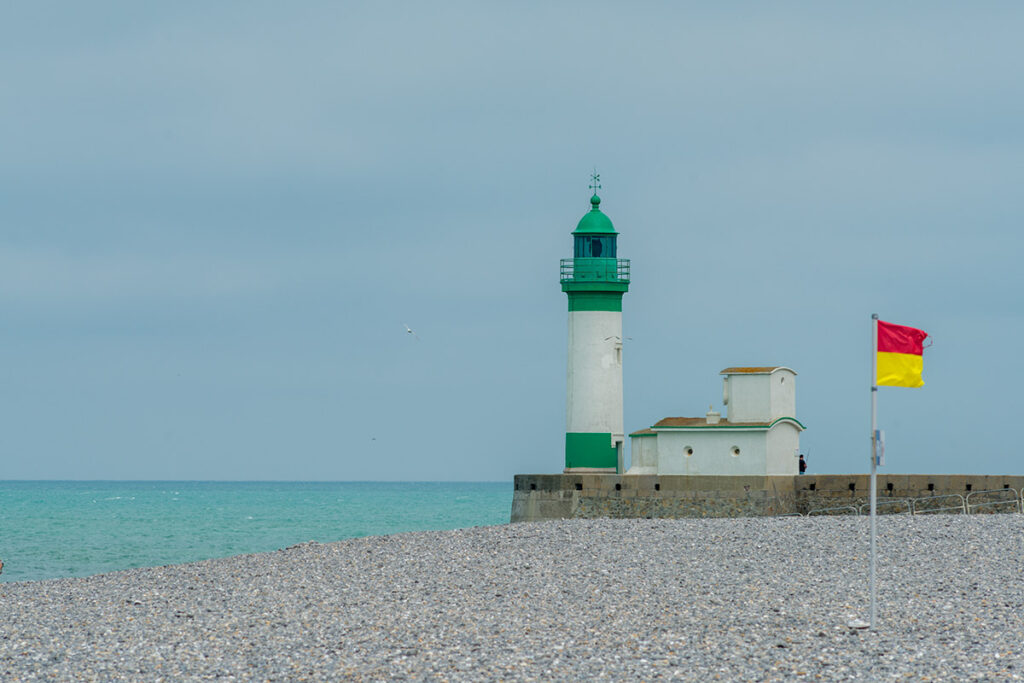
Although it is a vintage lens, the Angénieux DEM 200 mm f/2.8 has a design from the second half of the 1980s, which is reflected in the active (coating) and passive (lighttraps, black painting or flocking) measures taken to prevent flare and ghosting.
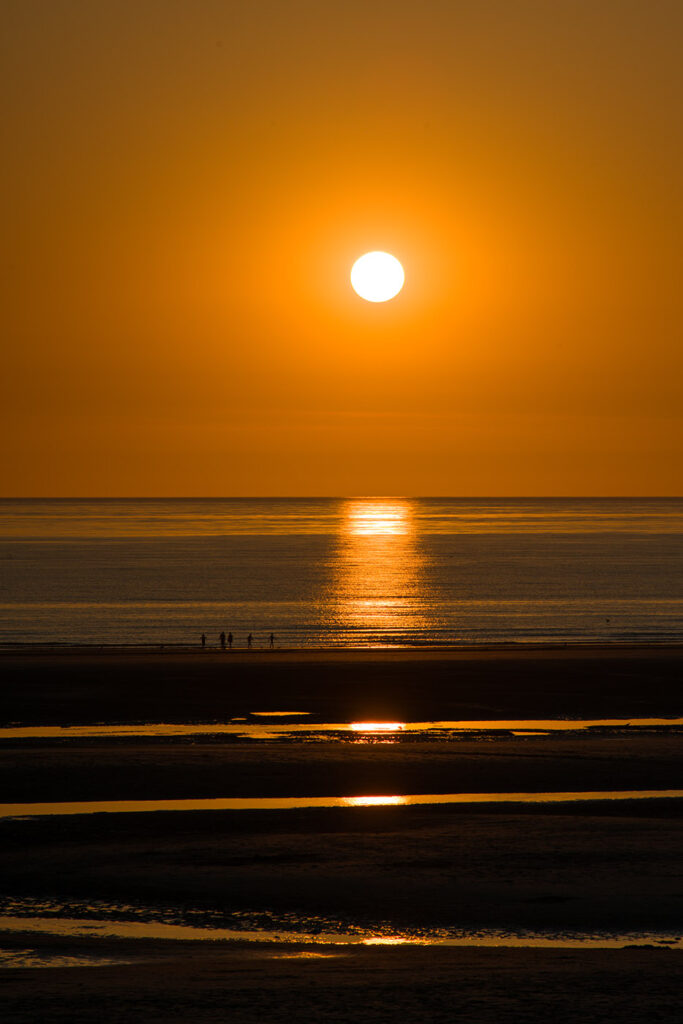
The modern multi-layer coating and the efficient blackening of all surfaces in the optical path make it possible to produce high-contrast images without ghost images and lens flare when the sun is within or just outside the image field.
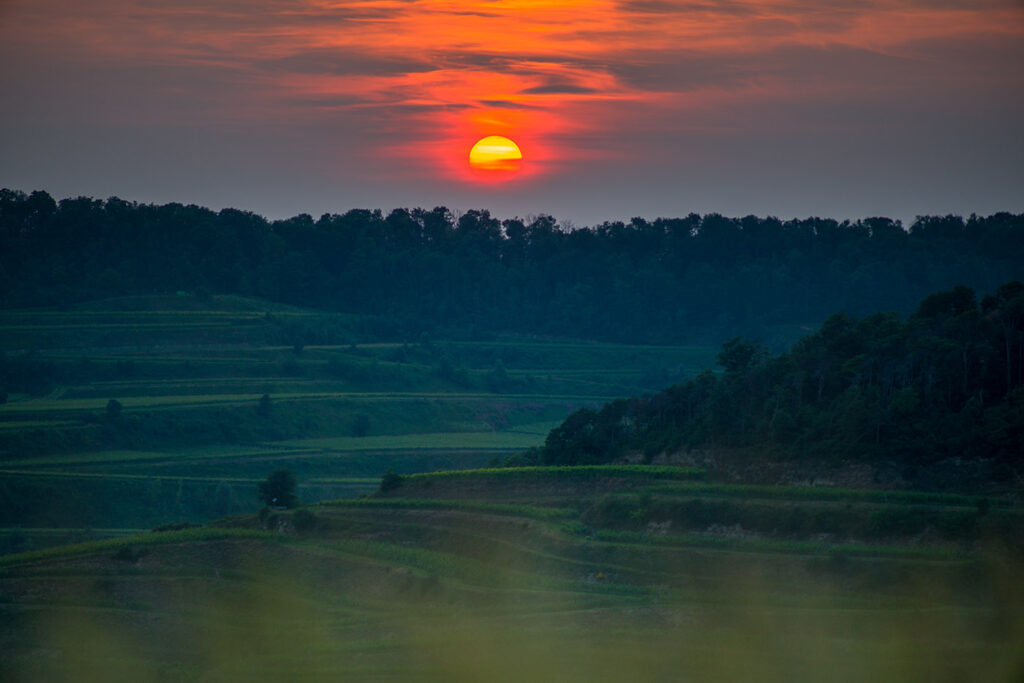
At least in France, photographers seem to have lost all sense of judgment when it comes to Angénieux products. Lenses from this manufacturer are sold on the usual sales platforms at prices that leave me shaking my head. And that’s even when it comes to video or projection lenses that cannot be adapted to cameras with APS-C or full-frame sensors, or only with difficulty.

The DEM 200 mm f/2.8 ED is also offered at prices that make the lens more suited to a collector’s display case than a photographer’s camera bag. In any case, I wouldn’t pay three or four times the price that the Nikon Nikkor 180 mm f/2.8 ED usually goes for. And I wouldn’t consider the lens worth twice the value of a Leitz Apo-Tely-R 180 mm f/3.4 either.

However, if, like me, you come across the DEM 200 mm f/2.8 at a bargain price, you should snap it up immediately. Because the overall impression of the photos taken with it is, at least to my taste, simply magnificent.
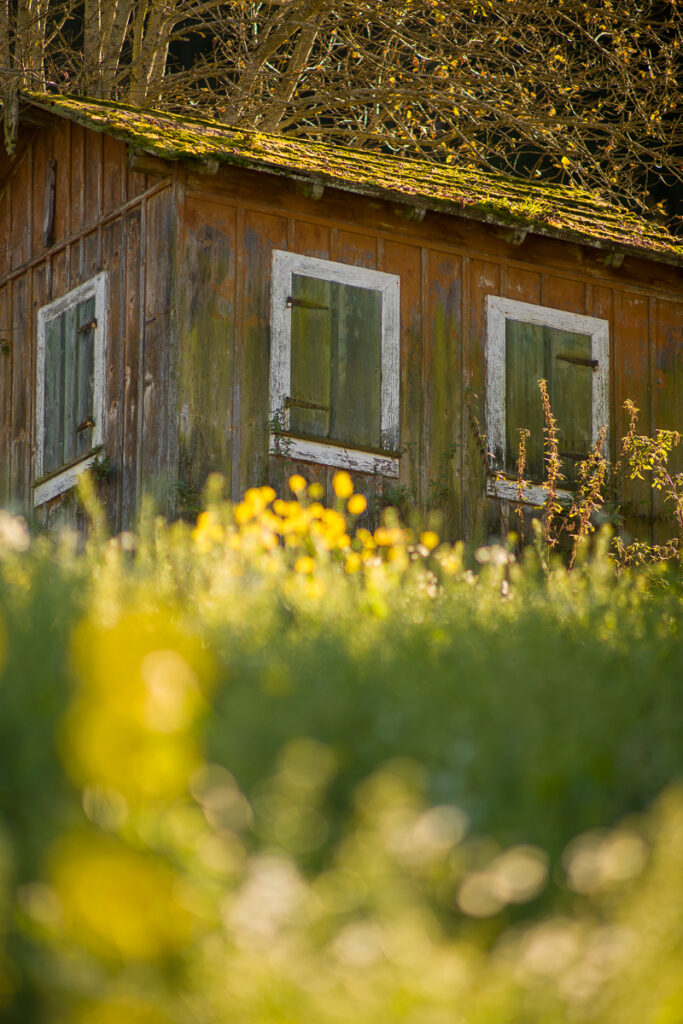
Even if the Angénieux is surpassed by some contemporary and newer representatives of this lens type in terms of resolution, contrast, and color correction, it still has a few tricks up its sleeve in addition to its freedom from distortion and vignetting. It is very insensitive to backlighting and stray light, and its internal focusing makes it both easy to handle and useful for close-up work.
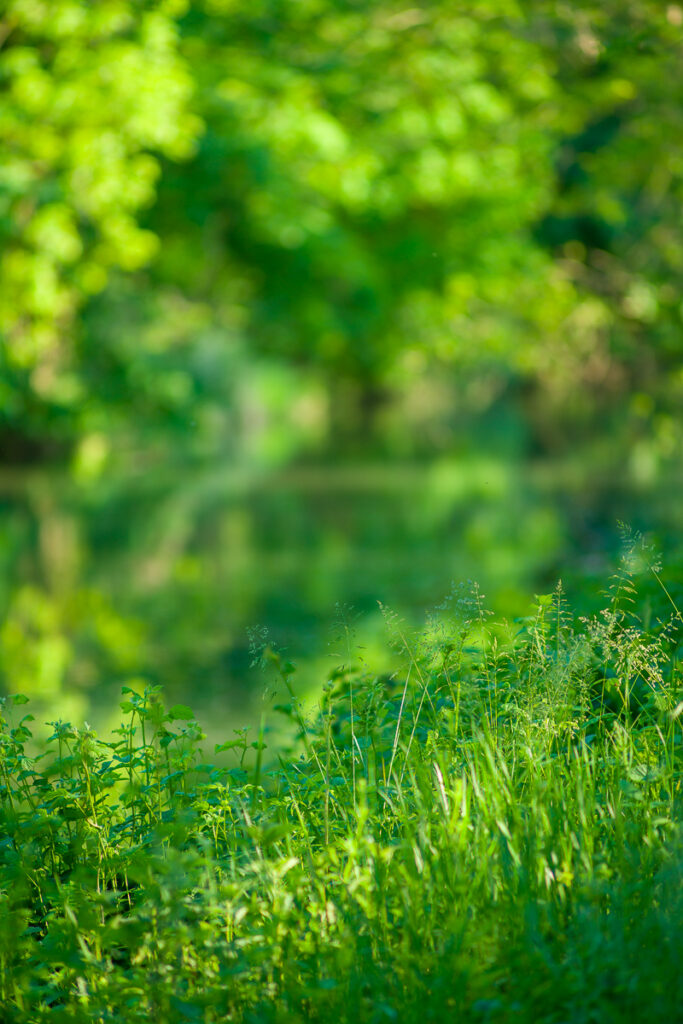
The balance of the optical correction is one of its greatest strengths, as it affects the bokeh. This is as beautiful and harmonious as I have seen in only a few lenses. And that’s on both sides of the often very thin plane of focus.

Even though a fixed focal length 180 or 200 mm f/2.8 lens is not as versatile as an equally fast reportage zoom, it usually stands out thanks to its slightly smaller pack size, lower weight, better performance wide open, and more attractive bokeh. The Angénieux DEM 200 mm f/2.8 DEM has all these advantages and is also very comfortable to use, which puts a smile on my face every time I use it.
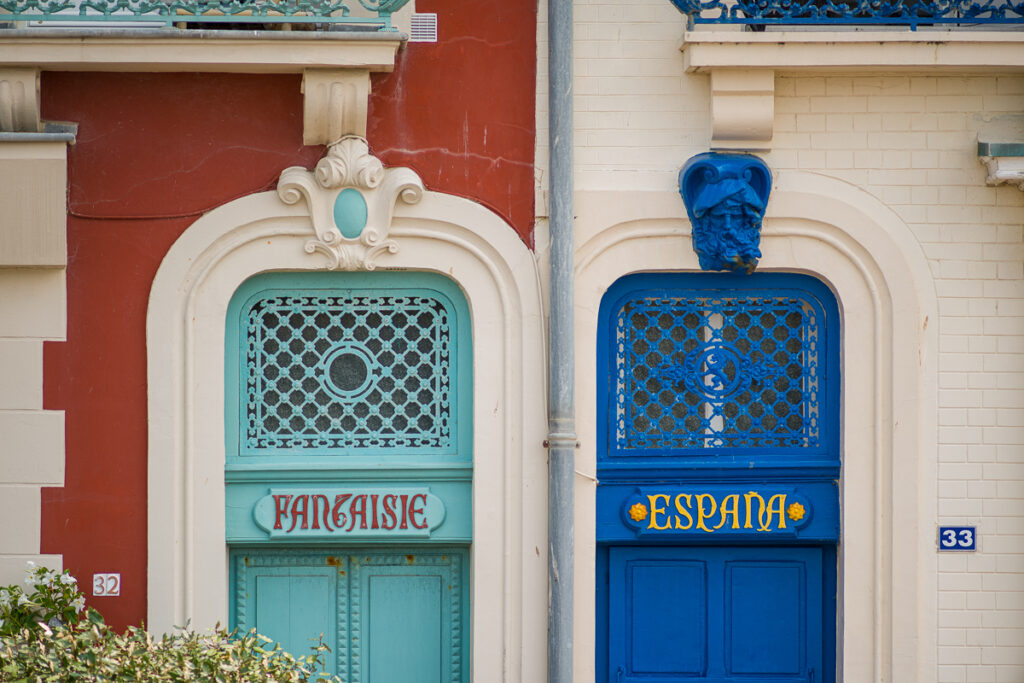
Unfortunately, given current second-hand prices, it is rarely available at a reasonable price, and most photographers will probably look for other MF lenses first: Canon FD 200 mm f/2.8, Leitz 180 mm f/2.8, Minolta MD 200 mm f/2.8, Nikon Nikkor 180 mm f/2.8 ED, SMC Pentax 200 mm f/2.5, Tamron SP 180 mm f/2.5, or Zuiko 180 mm f/2.8. Even if only the products from Leitz, Nikon, and Tamron could hold a candle to the Angénieux. Or consider a modern AF lens from Canon, Nikon, or Minolta. In any case, the Angénieux remains an interesting “monument” of European and French photographic history, which can still impress today with high-resolution full-frame cameras.
